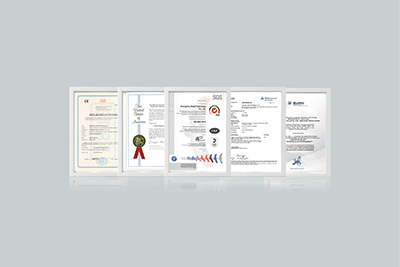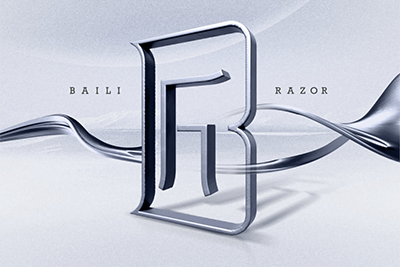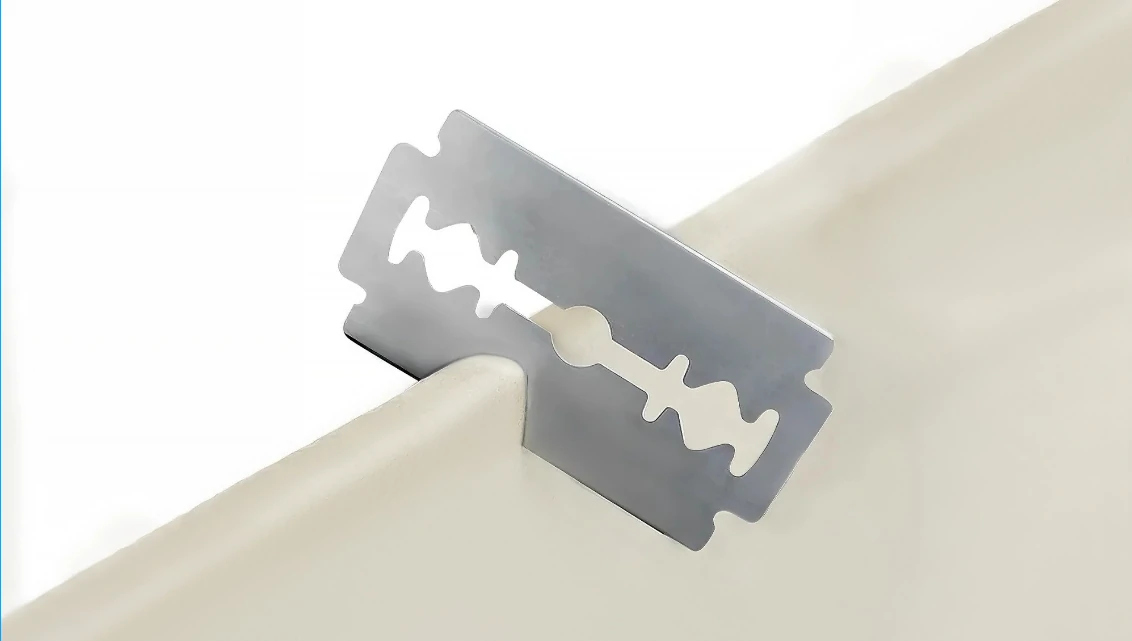Shaving is a daily ritual for millions of people worldwide, yet few stop to wonder why even the sharpest razors eventually lose their edge. While it’s easy to blame frequent use or poor quality, the real answer lies in the surprising science of how lames de rasoir interact with something as seemingly delicate as hair.
The Hidden Battle Between Blades and Hair
At first glance, hair seems soft and flexible. However, under a microscope, hair is tough and structured. When a razor blade cuts through a hair strand, it doesn’t just slice smoothly. Instead, the blade experiences tiny but powerful forces. The study found that hair can bend the razor’s edge slightly during cutting. Over time, this bending creates small cracks in the blade’s material. These cracks grow larger with repeated use, causing the blade to dull.
Why Blades Fail: A Surprising Culprit
Many assume blades wear down because hair “erodes” the metal, like sandpaper rubbing against wood. However, the MIT study challenges this idea. Using advanced imaging tools like electron microscopes, researchers observed that blade damage depends heavily on the angle at which the blade meets the hair. If a hair is cut perpendicular to the blade (straight-on), the blade stays sharper longer. However, when hair hits the blade at an angle, it creates more stress, speeding up cracks and wear. Surprisingly, even cutting soft materials like hair can damage hard steel blades over time. The MIT team discovered that during a shave, a hair strand can bend the razor’s edge ever so slightly. This bending creates microscopic cracks in the blade’s ultra-sharp edge. Over time, these tiny cracks grow larger with repeated use, causing the blade to lose its sharpness. Imagine bending a paperclip back and forth until it snaps—the same principle applies, but on a much smaller scale.
The Role of Material Strength
The study also tested blades made of different materials. While harder metals like stainless steel resist damage better, they aren’t immune. Cracks still form due to the repeated stress of cutting. Even small flaws in the blade’s surface—imperfections invisible to the naked eye—can worsen with each shave, leading to a dull edge.
Razor design also plays a role. Multi-blade razors, for example, distribute the cutting force across several edges, reducing stress on each individual blade. However, this design can also trap hair and debris, speeding up corrosion if not cleaned properly. Click Here: Trouvez la bonne recharge de lame | Lames de rasoir de sécurité à double tranchant
Practical Tips to Extend Razor Blade Life
Rinse Blades Thoroughly: Leftover hair or shaving cream can speed up corrosion.
Store Blades Dry: Moisture weakens metal over time.
Avoid Pressing Too Hard: Let the blade glide naturally to reduce stress.
Replace Blades Regularly: No blade lasts forever, but proper care can help.
The future of razor blade technology
Le Baili Research Institute is dedicated to researching razor and blade technology. We imagine that blades can be coated with superhard materials such as diamond-like carbon to prevent cracking. Another idea is to design blades that can align hairs vertically during shaving, thereby minimizing angle stress.
In summary, shaving dulls blades not because they’re “worn down” but due to tiny cracks caused by uneven stress during each cut. By combining smarter technology with simple care habits, we might one day enjoy longer-lasting razors—making daily shaves smoother and more sustainable.







